Rising Demand for Eco-Friendly Solutions
The increasing consumer preference for eco-friendly products is a notable driver in the Mosquito-repellent Paints Market. As awareness of environmental issues grows, consumers are gravitating towards sustainable alternatives that minimize ecological impact. This trend is reflected in the rising sales of eco-friendly paints, which have seen a growth rate of approximately 15% annually. Manufacturers are responding by developing mosquito-repellent paints that utilize natural ingredients, thereby appealing to environmentally conscious consumers. This shift not only addresses health concerns related to chemical exposure but also aligns with broader sustainability goals. Consequently, the demand for eco-friendly mosquito-repellent paints is expected to continue its upward trajectory, further propelling the Mosquito-repellent Paints Market.
Increased Urbanization and Population Density
The trend of urbanization and rising population density is a critical driver for the Mosquito-repellent Paints Market. As more individuals move to urban areas, the risk of mosquito-borne diseases increases due to higher concentrations of people in smaller spaces. This has led to heightened awareness and demand for effective mosquito control solutions, including mosquito-repellent paints. Urban areas, particularly in tropical and subtropical regions, are experiencing a surge in the prevalence of diseases such as dengue and Zika virus, prompting consumers to seek preventive measures. Consequently, the Mosquito-repellent Paints Market is likely to benefit from this demographic shift, as urban dwellers prioritize health and safety in their living environments.
Technological Innovations in Paint Formulation
Technological advancements in paint formulation are significantly influencing the Mosquito-repellent Paints Market. Innovations such as microencapsulation technology allow for the controlled release of active ingredients, enhancing the efficacy and longevity of mosquito-repellent properties. This has led to the development of paints that can repel mosquitoes for extended periods, making them more appealing to consumers. Furthermore, the integration of smart technologies, such as temperature-sensitive compounds, is emerging, which could potentially revolutionize the market. As these technologies evolve, they are likely to attract a broader customer base, thereby driving growth in the Mosquito-repellent Paints Market. The market is projected to expand as manufacturers invest in research and development to create more effective and user-friendly products.
Growing Health Awareness and Preventive Measures
The rising health awareness among consumers regarding mosquito-borne diseases is a significant driver in the Mosquito-repellent Paints Market. With increasing reports of outbreaks and the associated health risks, individuals are becoming more proactive in seeking preventive measures. This heightened awareness is translating into a growing market for products that offer protection against mosquitoes, including specialized paints. The market for mosquito-repellent products is projected to grow at a compound annual growth rate of around 10% over the next five years, indicating a robust demand for innovative solutions. As consumers prioritize health and safety, the Mosquito-repellent Paints Market is poised for expansion, with manufacturers likely to introduce new formulations that cater to this emerging need.
Regulatory Support for Public Health Initiatives
Regulatory support for public health initiatives is emerging as a vital driver in the Mosquito-repellent Paints Market. Governments and health organizations are increasingly recognizing the importance of controlling mosquito populations to mitigate the spread of diseases. This has led to the implementation of policies and funding for research into effective mosquito control methods, including the use of mosquito-repellent paints. Such initiatives not only promote public health but also encourage manufacturers to innovate and develop new products that meet regulatory standards. As a result, the Mosquito-repellent Paints Market is likely to experience growth, driven by both consumer demand and supportive regulatory frameworks that facilitate the introduction of effective mosquito-repellent solutions.


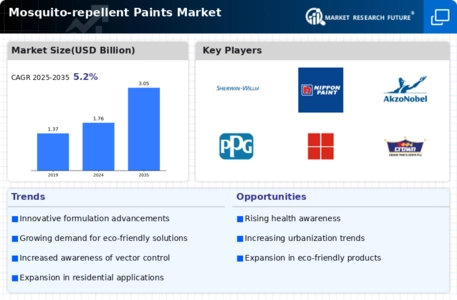
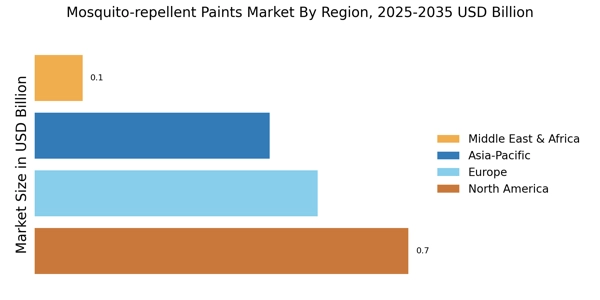
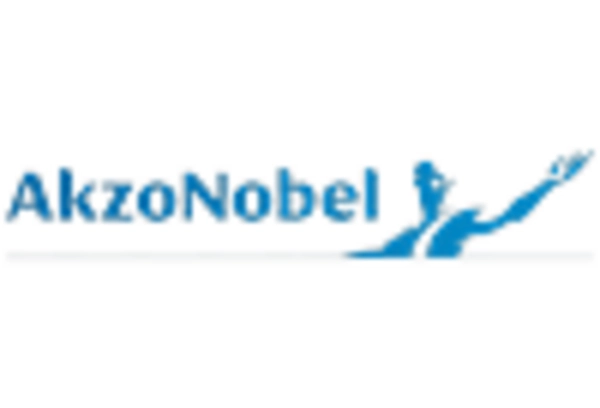
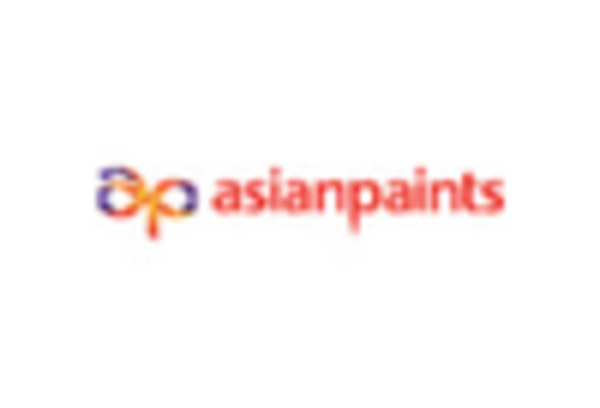

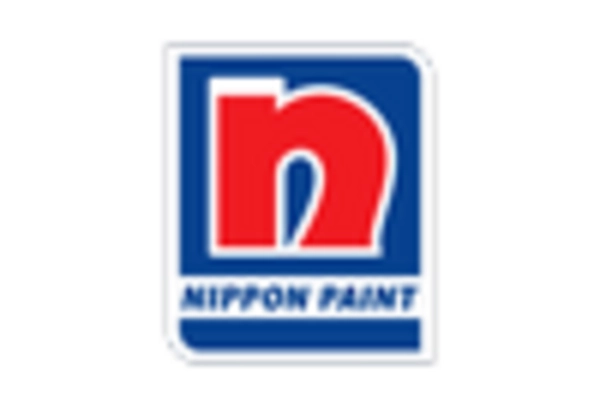
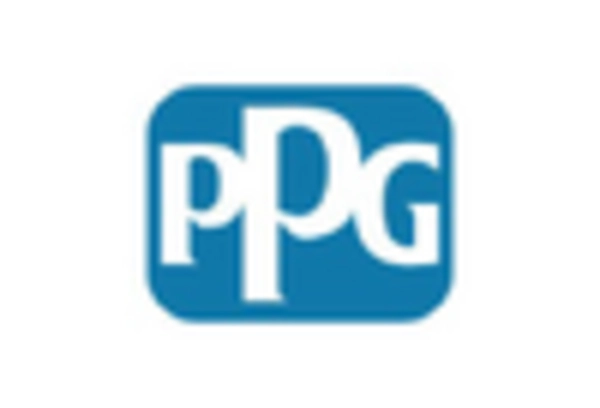
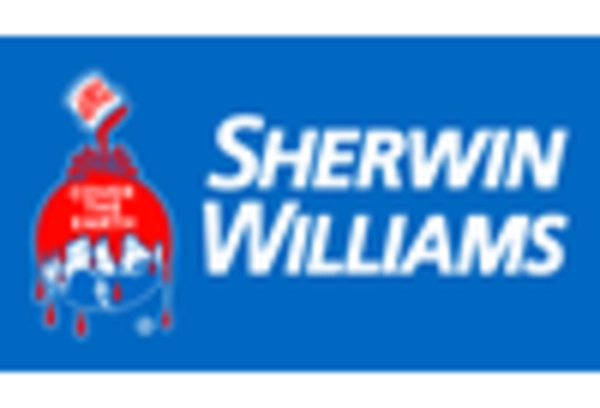








Leave a Comment